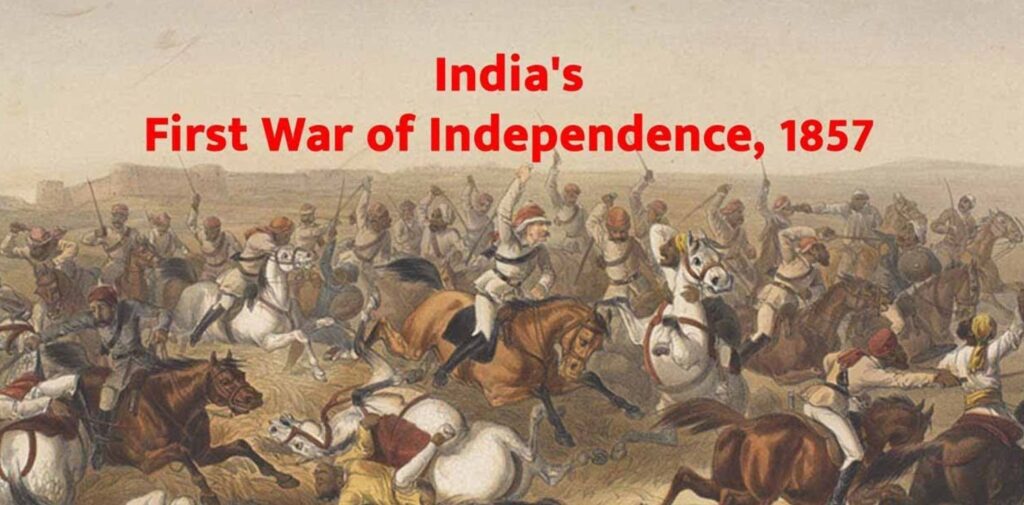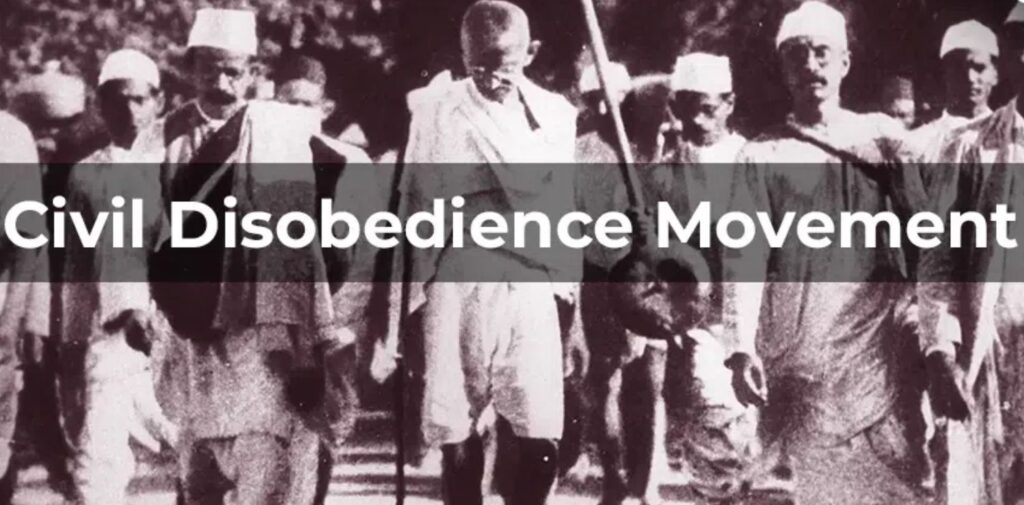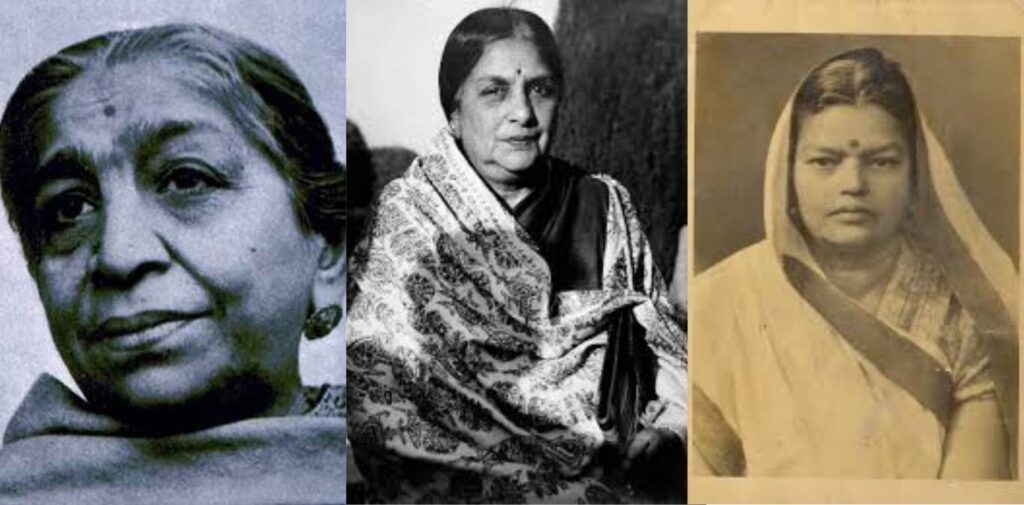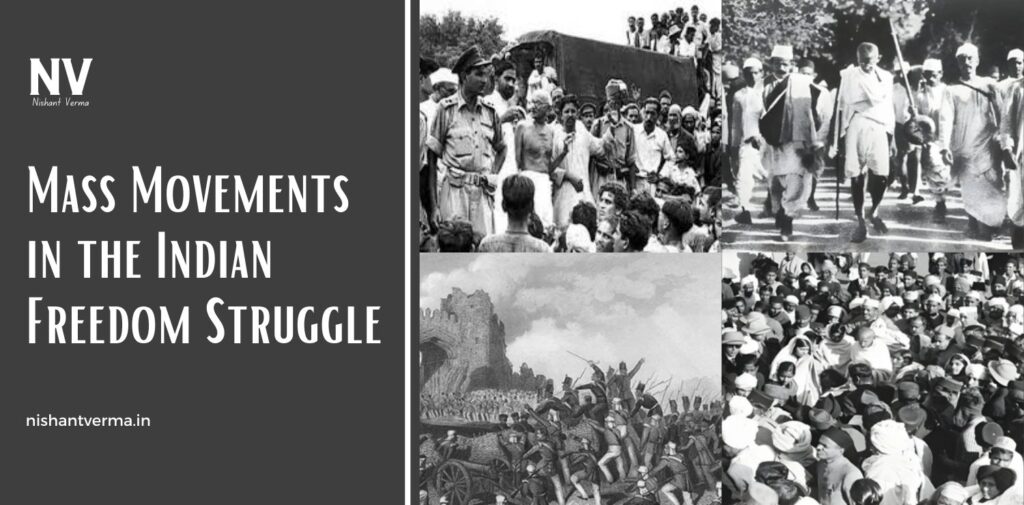The Indian freedom struggle was a long and difficult journey that involved millions of Indians who fought for independence from British colonial rule. The struggle was not just limited to a few leaders or intellectuals; it was a mass movement that saw participation from people of all backgrounds—farmers, workers, students, women, and even businessmen. The involvement of the masses was a key factor in the success of the Indian independence movement. Over the course of several decades, various mass movements played a crucial role in mobilizing the Indian population and challenging British authority. In this article, we will explore some of the most important mass movements that helped India achieve independence in 1947.
The Role of Mass Movements in India’s Freedom Struggle
Mass movements in India were organized efforts that aimed to bring together ordinary people to fight against British rule. These movements were often peaceful, focusing on non-violent methods such as boycotts, protests, and civil disobedience. The idea was to unite the people of India, irrespective of their caste, religion, or region, to collectively challenge British power.
The mass movements not only helped to spread the message of independence but also created a sense of national unity among the people. The success of these movements was due to the active participation of common citizens who sacrificed their time, energy, and sometimes even their lives for the cause of independence.

The First War of Independence (1857-1858)
Before we discuss the key mass movements in the 20th century, it is important to mention the First War of Independence, also known as the Sepoy Mutiny or the Indian Rebellion of 1857. This was the first large-scale revolt against British rule, sparked by resentment over British policies and the exploitation of Indian soldiers, or sepoys, in the British army. Though it was not a full-fledged national movement, it laid the groundwork for future struggles for independence.
The revolt began in Meerut and spread to several parts of northern and central India, including Delhi, Kanpur, and Lucknow. Although the rebellion was eventually crushed by the British, it showed the strength of resistance among Indians and gave birth to the idea of an organized national struggle against colonial rule.
The Non-Cooperation Movement (1920-1922)
One of the most significant mass movements in the history of India’s freedom struggle was the Non-Cooperation Movement, led by Mahatma Gandhi. This movement marked the beginning of Gandhi’s leadership in the Indian National Congress and brought together millions of people from across the country to fight against British rule.
The Non-Cooperation Movement was launched in 1920 in response to several injustices committed by the British government, including the Jallianwala Bagh massacre of 1919. Gandhi called for a peaceful protest in the form of non-cooperation with the British authorities. Indians were urged to boycott British goods, refuse to pay taxes, and resign from government jobs. Schools, courts, and law enforcement were also boycotted. People were encouraged to wear Khadi (homespun cloth) and promote self-reliance.
The movement saw widespread participation from people of all ages and backgrounds, including students, farmers, workers, and women. It united the people of India in a common cause and showed the British that India was determined to gain its freedom. However, the movement was called off in 1922 after the Chauri Chaura incident, where a mob killed police officers. Gandhi believed in non-violence, and the incident led him to call off the movement to prevent further violence.
The Salt March (1930)
Another major mass movement was the Salt March (also known as the Dandi March), which took place in 1930. It was one of the most iconic protests in the history of the Indian freedom struggle and showcased Gandhi’s ability to mobilize the masses for a common cause.
The British had imposed a monopoly on salt production and had made it illegal for Indians to produce their own salt. This was a symbol of the oppressive British economic policies. Gandhi decided to lead a march from his ashram in Sabarmati to the coastal village of Dandi, a distance of around 240 miles, to make salt from the sea in defiance of British law.
The Salt March was not just a protest against the salt tax; it was a symbol of India’s broader struggle for independence. Thousands of people joined Gandhi along the way, and when he reached Dandi on April 6, 1930, he made salt from the sea, violating British laws. The movement inspired millions of Indians to follow suit, making salt in defiance of the British. This mass movement showed the power of non-violent resistance and gained global attention.

The Civil Disobedience Movement (1930-1934)
Following the success of the Salt March, the Civil Disobedience Movement was launched by Gandhi in 1930. This was a nationwide campaign aimed at peacefully disobeying British laws and refusing to pay taxes. The movement gained widespread support from all sections of Indian society, including workers, peasants, women, and students.
The central idea of civil disobedience was to refuse to follow unjust laws, and the Salt March was just the beginning. People were encouraged to protest against several British-imposed policies, such as taxes on goods, salt, and land. The British responded with arrests and repression, but the movement continued to grow.
Gandhi and other leaders were arrested, but the masses continued to resist. This movement played a major role in making the British realize that they could no longer ignore the demands of the Indian people for independence. Though the movement was suspended in 1934, it marked a turning point in India’s freedom struggle.
Quit India Movement (1942)
The Quit India Movement, launched in 1942, was one of the most significant and intense mass movements in the Indian independence struggle. The movement was led by Mahatma Gandhi and the Indian National Congress, and its objective was clear: to demand an immediate end to British rule in India.
The movement was launched during World War II, when Britain was weakened by the war and facing pressure from various countries. Gandhi’s call for “Do or Die” resonated with millions of Indians, and people from all walks of life participated in protests, strikes, and demonstrations across the country. The British government responded with brutal force, arresting many leaders, including Gandhi, Jawaharlal Nehru, and other prominent leaders of the Congress.
Despite the repression, the Quit India Movement showed the British that India would not tolerate their rule any longer. It galvanized the masses and made it clear that the demand for independence was no longer negotiable. The movement played a key role in India finally gaining independence in 1947.

The Role of Women in Mass Movements
Women also played a significant role in India’s mass movements. Leaders like Sarojini Naidu, Kamaladevi Chattopadhyay, and Subhadra Kumari Chauhan were active participants in protests, picket lines, and civil disobedience. Women took part in the Salt March, participated in the Quit India Movement, and even faced imprisonment for their involvement in the freedom struggle.
Women were instrumental in spreading nationalist ideas at the grassroots level and were involved in organizing local protests, marches, and educational campaigns. The participation of women in these movements highlighted their vital role in the independence struggle and changed the role of women in Indian society forever.
Conclusion
The mass movements in India’s freedom struggle were critical to achieving independence from British rule. These movements, led by Mahatma Gandhi and supported by millions of ordinary Indians, brought the country together and gave voice to the collective desire for self-rule. From the Non-Cooperation Movement to the Quit India Movement, each of these movements contributed to the pressure on the British to leave India.
The success of these mass movements also demonstrated the power of non-violent resistance and the strength of ordinary people united by a common cause. The struggle for India’s independence was not just about political leaders; it was about the people—farmers, workers, students, women—who stood together to fight for freedom. The legacy of these movements continues to inspire people around the world who fight for justice and freedom.




